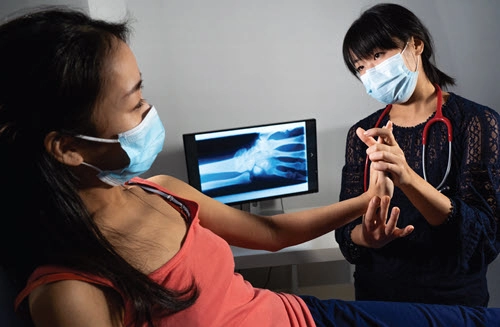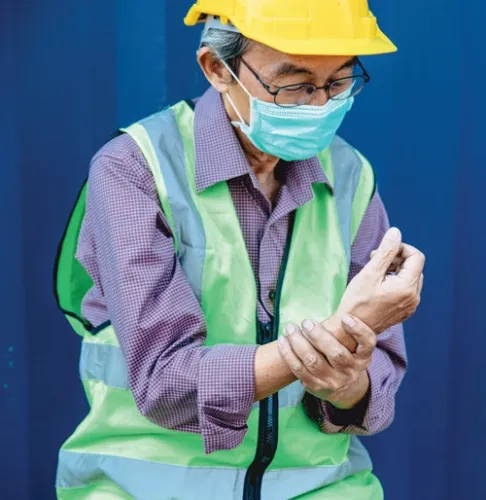Here’s the code to choose for complete arthrodesis with sliding graft.
Patients who report to your orthopedic practice for wrist arthrodesis procedures aren’t a one-code-fits-all group; you’ll need to be familiar with the intricacies of several CPT® codes in order to file your claim correctly.
Further, you’ll need an airtight diagnosis coding system for these patients to be sure medical necessity precludes wrist arthrodesis — or you could be facing a denial.
We spoke to Jessyka Burke, BSHA, CPC, OSC, CASCC, coder, biller, and mentor, about best practices for coding wrist arthrodesis. Here’s what she had to say.

Use These Codes for Wrist Arthrodesis
When you report wrist arthrodesis, you’ll choose from the following codes:
The rub: As Burke explains, coders must know how to determine whether a wrist arthrodesis is complete or limited. “A complete arthrodesis is when the procedure that is done fuses the radius to the carpal bones. A limited arthrodesis, also known as a salvage procedure, only fuses part of the carpal bones together and is usually done for treating disorders specifically related to the carpus,” she says.
Tips: “Some other terms that providers will use to describe an arthrodesis are four-corner fusion, scapholunate fusion, and a four-corner fusion with scaphoidectomy, just to name a few. These are considered limited fusions and coded to 25820, because 4 is considered limited; obviously if there was a graft involved, then it would code to 25825,” explains Burke.

Look to These ICD-10 Codes on Wrist Arthrodesis Claims
When your orthopedist is opting for wrist arthrodesis, it typically means that the patient has “already exhausted all other options of treatment, so this is a last resort to regain function of their wrist joint,” explains Burke.
Tip: Check with your payer to see if they have requirements for wrist arthrodesis patients; some might require proof of previous treatments to address the condition before they approve wrist arthrodesis.
Some of the most common conditions that wrist arthrodesis patients suffer from include:
Note: This is not a list of approved diagnoses for wrist arthrodesis, merely a list of common diagnoses. Always consult your contract or contact your payer if you have questions about covered conditions for wrist arthrodesis.
